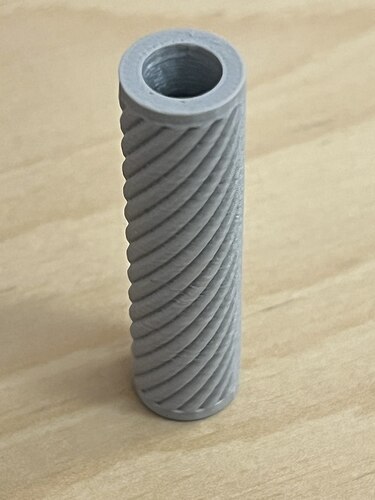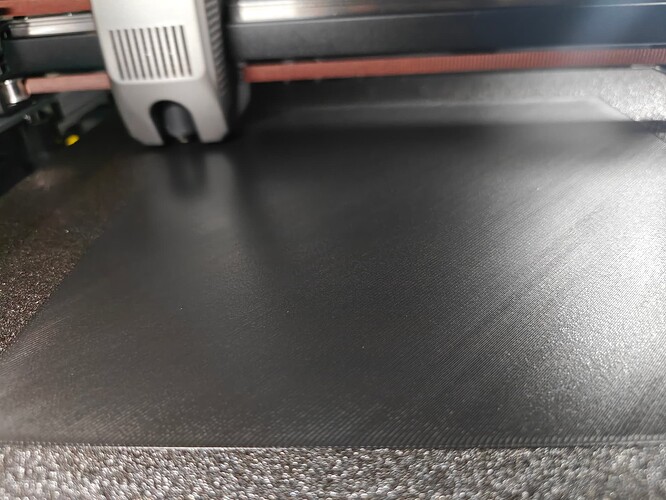I’m an industrial electronics repair tech with two degrees in engineering and decades in the field. Have had an Ender-3 since they were new. Also use a BBL X1 Carbon at work. Got the K2 also at work, specifically for making larger PETG parts than the X1C; mostly things like covers and jigs.
Now my original Ender-3 was totally modded; everything was updated, upgraded, and/or fixed. Required constant tinkering. It was a manual tool, like an artist’s clay sculpting table, that needed skill and knowledge to use. The results were totally dependent on how much work was put into the setup. Things failed often and repair was routine. It was hard to use.
Then the BBL X1C came along. In contrast, that is a convenient workhorse; slice and print, done. You know it will just work. Auto-recognizes filament, AI detection that will actually stop the print, filament end-swapping that works. Have done all manners of filaments in it, including -CF, -GF, TPU, and PC. This allowed others at work to actually use the printer, since it didn’t require artisan skills to operate.
But the K2+ (for Creality Hyper PETG only) has been a disaster, even for an artisan. Maybe we just got a bad one, but it has been nothing short of a nightmare. Numerous fault codes, filament bunching up in the extruder, retraction issues, jams, CMS issues, AI does not work, bed came taco-warped 0.85mm (managed to get to 0.35mm with kapton tape and manual leveling, but Creality claims 3mm is ok?!), etc. Can’t get PETG layers 1 and 2 to print to save my life. PLA will print all day long - but we must use PETG. Out of about 100 test prints, only 12 tiny ones were useable at all, with zero being of good quality. To print PETG at all, requires setting the Z offset to -0.10 or so for me, and varies up to +0.10 for others. This Z offset also varies with temperature and nozzle changes, so is not a set-it-once-and-forget-it thing. Co-workers have no idea how to do any of this, so cannot even try the K2 (not like it would work anyways.) We have two artisans at work - I’ve given up on the K2; the other guy is gonna check for anything I may have missed.
So is the K2+ currently sitting next to the X1C, powered off, because leaving it on causes the extruder motor to get hot and lead to filament bunching (and subsequent extruder disassembly.) I’ve suggested to our manager to return it. We want the K2+ to work - but it is proving to be riddled with bugs. Perhaps firmware and software updates will help, but we’re concerned with by how much.


